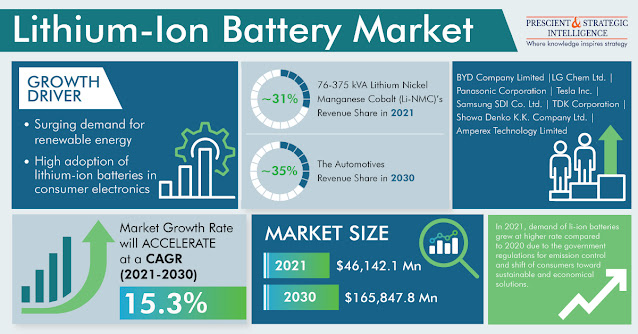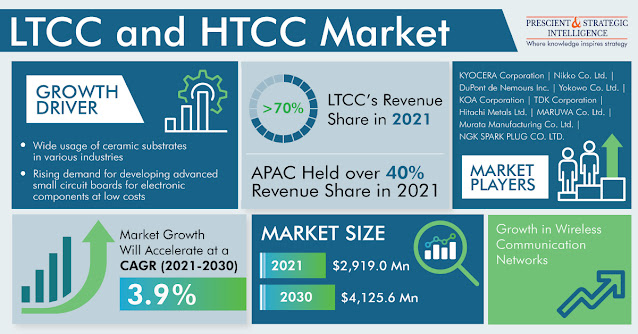The busy lifestyles and rising trend of packaged and processed food, considering hygiene and the nutritional value, are resulting in the increasing demand for fruit and vegetable processing equipment in factories. There is a consistent increase in the demand for processed food items, such as mango and other fruit pulps, chutneys, pickles, canned fruits and vegetables, frozen peas, cauliflowers, and other vegetables, ready-to-eat and ready-to-serve products.
Therefore, in 2021, the fruit and vegetable processing equipment market stood at $5.6 billion; it is expected to have a 6.9% CAGR from 2021 to 2030, to generate $10.2 billion in revenue by 2030. It will be due to the burgeoning demand for automated processing equipment, as it facilitates increased efficiency, decreased manual labor requirement, and less time consumption. The burgeoning consumption of ready-to-eat food provides opportunities to the mushrooming start-ups and giants in the food processing industry to invest in automated processing machines and garner more profit.
At the heart of all, the growing population and its rising disposable income are resulting in the increasing investment in pre-processed food items, especially processed fruits and vegetables. The rise in the trend of veganism is also driving the demand for fruit and vegetable processing equipment, attributed to the advance of the plant-based food industry. According to dealsonhealth.net data, around 79 million people are vegan. The vegan market will hit $24.3 billion in revenue by 2026. Since veganism solely includes fruits, vegetables, and grains, this trend has been driving the demand for fruit and vegetable processing equipment.
The highest demand for such equipment is in APAC, as India and China are the largest producers of fruits in the world. According to CIPHET Ludhiana, around 18% of the fresh horticulture produce is wasted each year due to poor post-harvest management, while less than 2% of the perishable horticultural produce is processed into value-added products. These statistics hint at a huge scope of fruit and vegetable processing in India, especially considering the country’s initiatives to boost local manufacturing.
The U.S. is the third-largest country in terms of ready-to-eat and packaged food consumption, which signifies the booming demand for fruit and vegetable processing equipment in the country. It has a vast array of food processing companies to cater the requirements of people. The Food and Drug Administration regulations ensure the safety and nutritional value of processed food. It ultimately builds the trust of people in ready-to-eat, ready-to-cook, ready-to-serve, frozen fruits and vegetables, also aided by people’s high disposable income and strong focus on organic produce.
Thus, the rising usage of pre-processing equipment is attributed to the need to decrease the time consumed in the cleaning process, without compromising the food products' hygiene and quality standards. Pre-processing equipment cleans off the pesticides and other substances used during farming to protect the crop. Moreover, packaging and handling equipment is widely utilized to increase the shelf life of the products, often in compliance with the stringent packaging and labeling standards around the world, including those implemented by the FDA and FSSAI.
Therefore, the rapid urbanization and busy lifestyles of people are driving the demand for fruit and vegetable processing equipment, attributed to the focus of food processing companies on catering to the need of the people for ready-to-eat and frozen food products.



























.png)
.png)


